Deck & Commander Strategies

Elsha of the Infinite
A spell-slinging combo deck that leverages casting instant and sorcery spells from the top of the deck to generate card advantage and combo off, often using artifacts and tutors to assemble combos quickly.

K'rrik, Son of Yawgmoth
A mono-black Phyrexian mana deck focused on leveraging life payment as a resource to cast spells aggressively, enabling fast and explosive plays with a mix of discard, removal, and combo pieces.
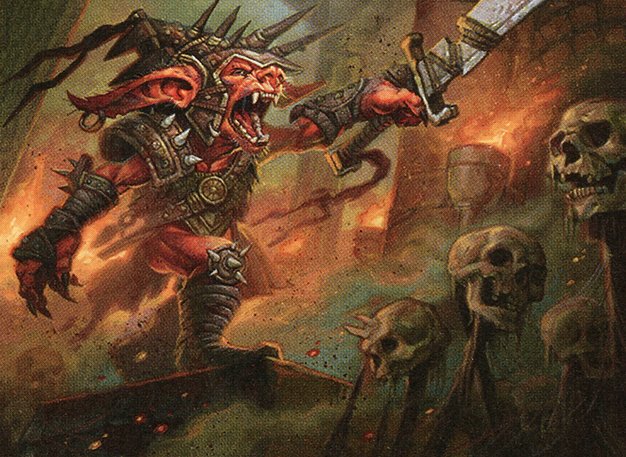
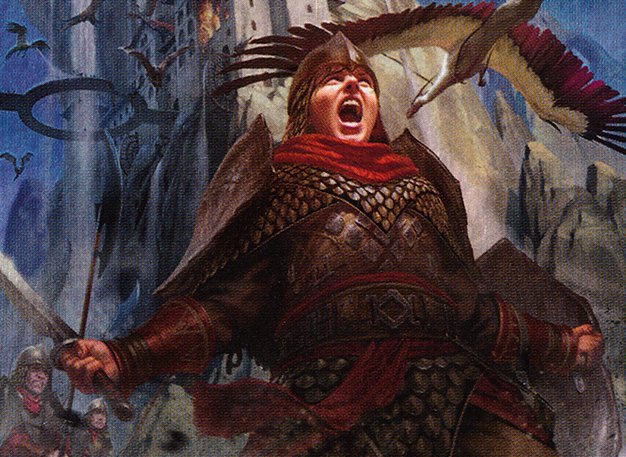
Rograkh, Son of Rohgahh / Reyhan, Last of the Abzan
A creature-based +1/+1 counter synergies deck that uses sacrifice outlets and proliferate mechanics to grow creatures and generate value, aiming to overwhelm opponents with efficient combat and combo finishers.
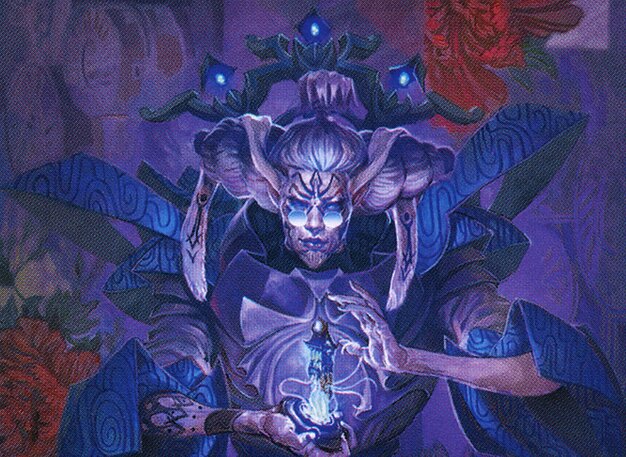
Tameshi, Reality Architect
A value-oriented deck that manipulates the top of the deck and utilizes graveyard recursion, aiming to generate incremental advantage through top-deck manipulation and reusing key cards.
Gameplay Insights
- 1
Casting Ad Nauseam on turn two was a pivotal moment, putting immediate pressure on opponents to disrupt the combo before it could resolve fully.
- 2
Players demonstrated a good balance of interaction, with timely counterspells like Swan Song protecting key spells and preventing game-ending combos from resolving uncontested.
- 3
The use of sacrifice and reanimation spells enabled mid-game board swings, allowing players to recycle threats and maintain board presence despite removal.
- 4
Mana acceleration and fixing through artifacts and lands such as Ancient Tomb and City of Brass ensured players could execute their high-cost spells and combos efficiently.
- 5
Players showed strategic patience, choosing when to hold back resources and when to commit to board development or combo attempts, reflecting the high-level tension typical of cEDH gameplay.
Notable Cards
-
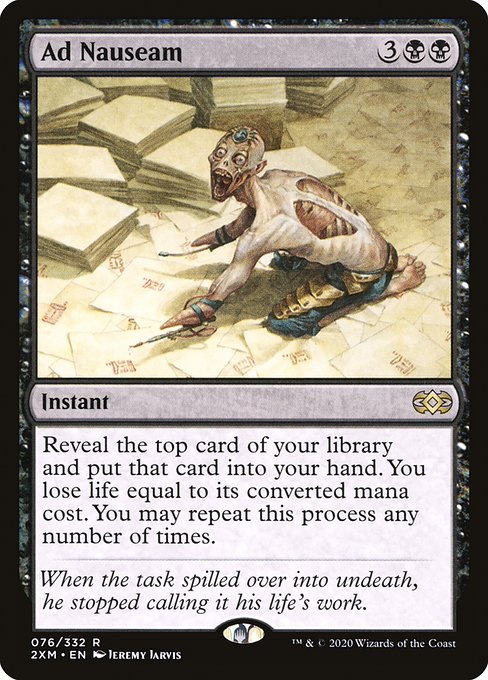
Ad Nauseam
-

Swan Song
-
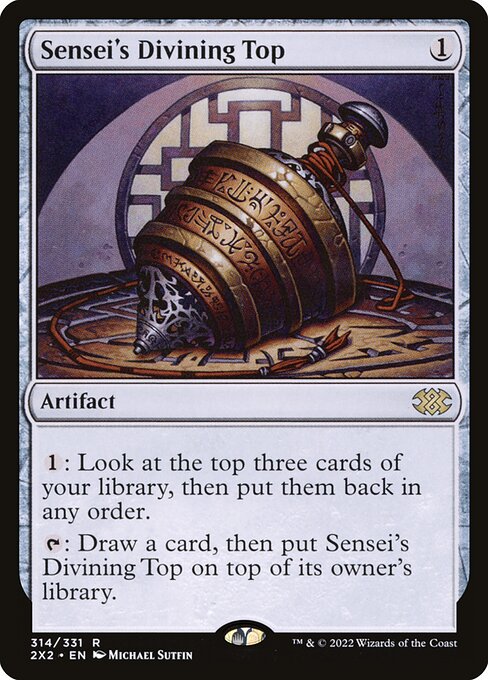
Sensei's Divining Top
-
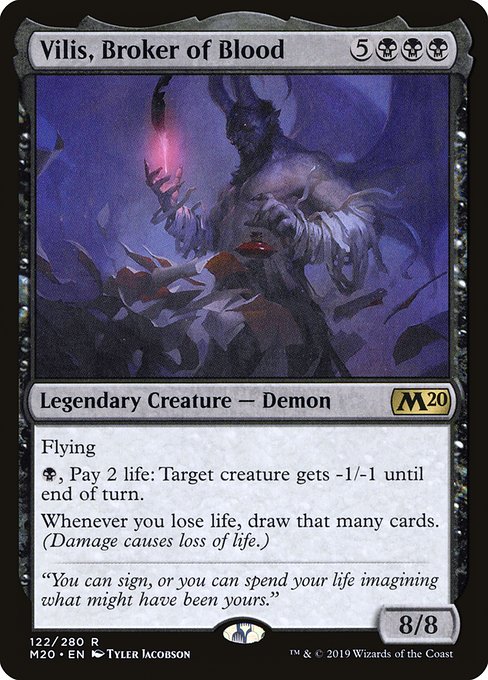
Vilis, Broker of Blood
-
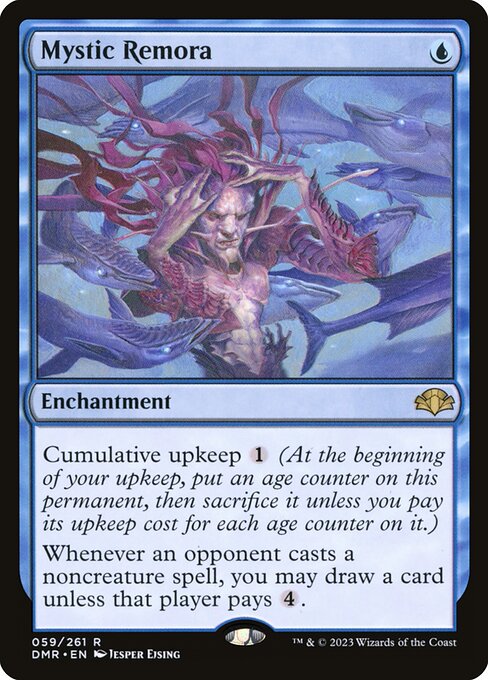
Mystic Remora
-
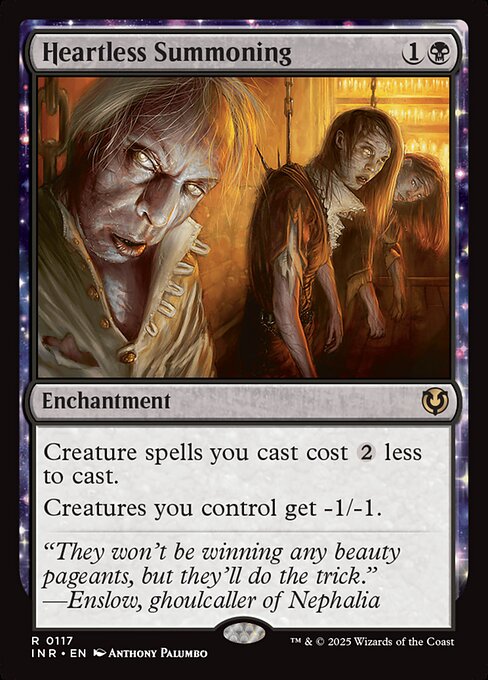
Heartless Summoning
-

Ancient Tomb
-
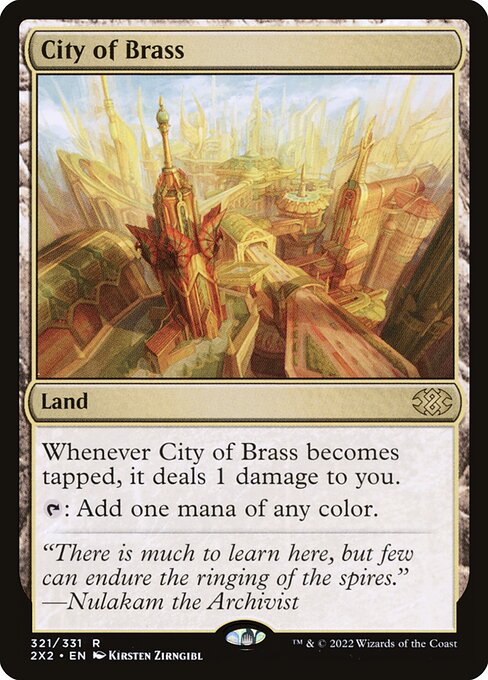
City of Brass
-
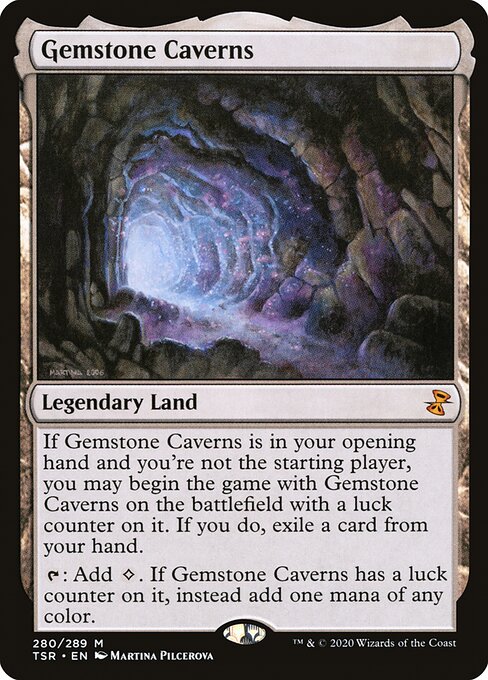
Gemstone Caverns
-
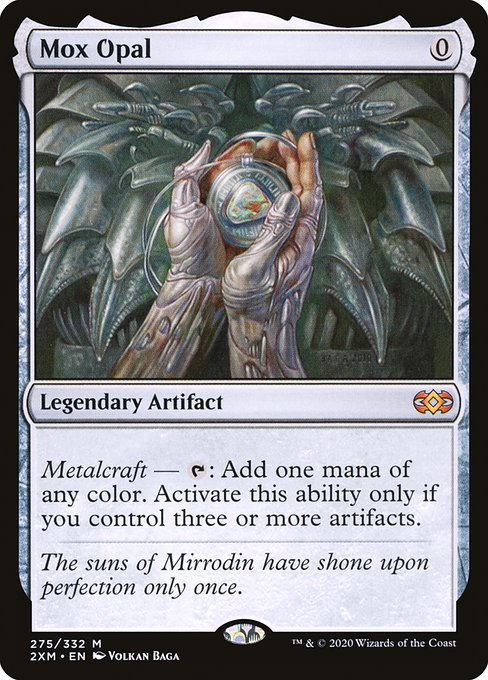
Mox Opal
Gameplay Summary
The game opened with players setting up their mana bases and early plays, including artifact acceleration and mana fixing.
Early turns were relatively slow, with some players casting mana rocks and establishing their board presence.
A key moment came when one player cast Ad Nauseam on turn two, putting significant pressure on the table by aiming to draw a large portion of their deck quickly.
Despite this, the table remained cautious and interacted with each other’s plays to maintain control. As the game progressed, aggressive plays began to emerge with casting of powerful creatures and spells such as Villis, which triggered a substantial card draw and life loss, shifting the game state.
Players used a mix of removal, countermagic, and strategic sequencing to keep threats in check.
Notable board interactions involved sacrificing creatures, reanimation, and mana manipulation to enable combos or powerful synergies.
The game was characterized by a balance of combo potential and interaction, with players carefully navigating threats and resource management.




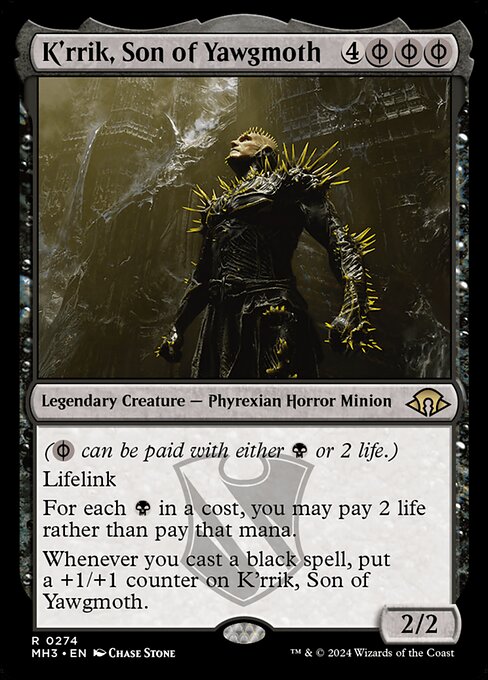


























![Commander VS S17E2: K'rrik VS Gerrard VS Volrath VS Elsha [EDH] thumbnail](https://i.ytimg.com/vi/yfRsKaCJCSA/sddefault.jpg)









